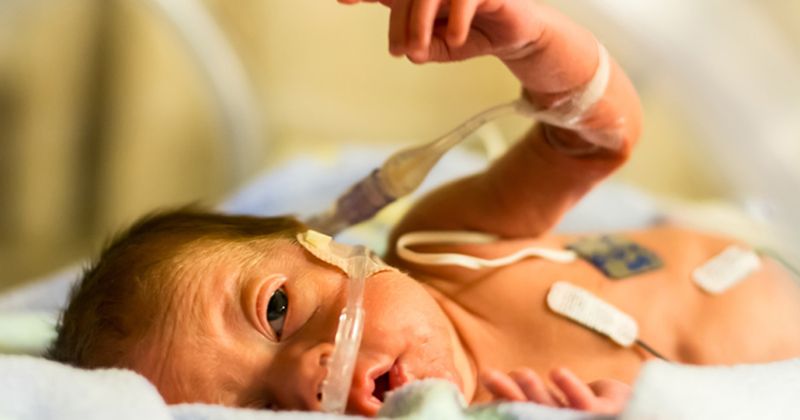AAP: Transfer infants from NICU to safe sleep environments as soon as possible
The AAP has called for all NICUs to transfer infants to safe sleep environments as soon as medically possible, before being discharged from hospitals.
According to the AAP, about half a million infants in the United States — or 10% to 15% of newborns in the country — are admitted to the NICU annually for medical care. Many are preterm and low birth weight infants, who are two to three times more likely to die suddenly and unexpectedly than healthy term infants.

“For decades now, we have known that it is safest for infants to sleep on their backs, alone and on a firm mattress with no extra bedding or pillows,” Michael Goodstein, MD, FAAP, a neonatologist at WellSpan Neonatology in York, Pennsylvania, said in a statement.
In the U.S., sudden unexpected infant death (SUID), including sudden infant death syndrome (SIDS), is the leading cause of death for infants aged 1 month to 1 year, according to the AAP.
Studies have shown that NICU providers do not consistently support infant sleep safety recommendations. Challenges include resolving positioning practices for the infant that are consistent with sleep safety in any home, the academy said.
In new guidance for NICU services, the AAP recommends that:
- NICUs should develop safe sleep policies, with the goal of transitioning the infant to a safe sleep home environment.
- The NICU should use an algorithm for routine and repeated evaluation of each infant for safe home readiness.
- All staff involved in the care of infants in the NICU should receive education and maintain expertise in infant sleep safety.
- Family education on safe sleep practices should be provided.
“In the hospital, some infants who are sick or preterm may initially need to be positioned on their stomachs or sides for medical reasons, but they should be switched to a safer sleeping position long before they go home,” said Goodstein, who was the lead author on the new guidance. “This decreases the risk of sudden infant death and models a safe sleep environment for new parents.”
Since 1992, experts have recommended placing infant on their backs to sleep, and a campaign in 1994 recommending this practice resulted in a decrease in the rate of SIDS by 53% in the span of 5 years, the AAP stated.
References:
AAP News. Safe sleep: Proper transition of NICU patients begins before discharge. https://www.aappublications.org/news/2021/06/21/nicu-patients-safe-sleep-062121. Accessed June 22, 2021.
Goodstein MH, et al. Pediatrics. 2021;doi:10.1542/peds.2021-052045.
